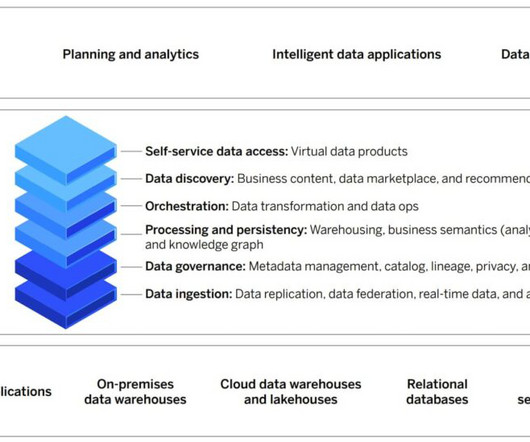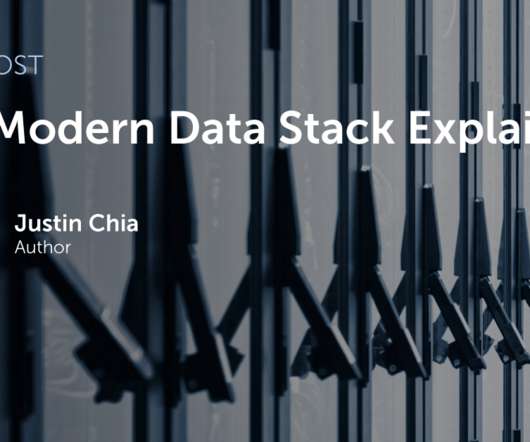SAP Datasphere Powers Business at the Speed of Data
Rocket-Powered Data Science
MARCH 20, 2023
Data collections are the ones and zeroes that encode the actionable insights (patterns, trends, relationships) that we seek to extract from our data through machine learning and data science. This is where SAP Datasphere (the next generation of SAP Data Warehouse Cloud) comes in.

















Let's personalize your content